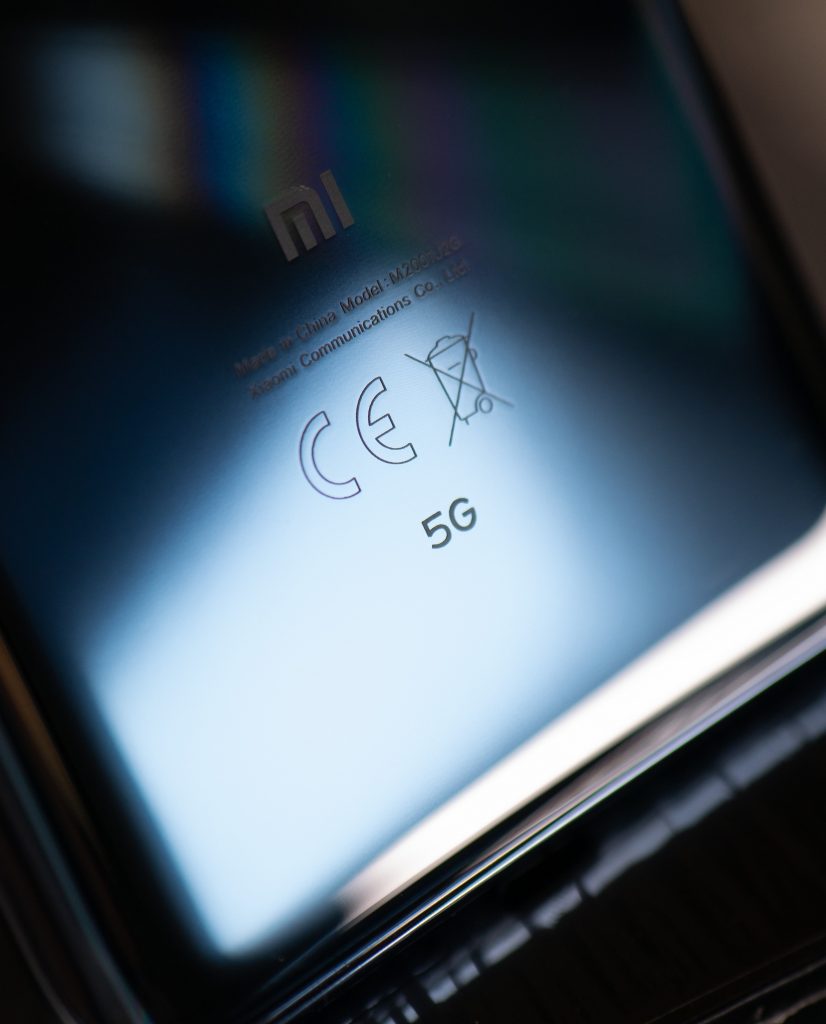Ensuring that 5G networks operate at their best is just one of many benefits to Tektronix communication signal analyzers. These powerful tools are engineered to capture, analyze, and optimize the performance of 5G signals. In today’s post, we will take a look at the inner workings of Tektronix communication signal analyzers, and explore how they are instrumental in testing the performance of 5G networks.

The Communication Signal Capture Process
At the core of Tektronix communication signal analyzers, such as the CSA8000B, lies a high-speed digitizer that plays a pivotal role in the signal capture process. Here’s how it all unfolds:
Signal Capture: The journey commences with the analyzer capturing the signal of interest. This signal is typically in analog form, and capturing it is the initial step towards a comprehensive assessment.
Digitization: Once the signal is captured, the high-speed digitizer swiftly converts it from its analog form into a digital signal. This digital transformation is fundamental as it enables precise and efficient processing by the signal analyzer.
Certain Tektronix spectrum analyzers, such as the RSA500 and RSA600 Series, also work well for testing 5G networks with their high performance, wide bandwidth, and portability.
The Art of Signal Analysis
With the signal digitized, Tektronix communication signal analyzers employ a range of techniques to dissect and evaluate the signal’s characteristics. These techniques encompass:
1- Spectrum Analysis
> Identifying Interference: The analyzer scrutinizes the spectrum to detect any interference that might disrupt the signal. A clean spectrum is essential for uninterrupted signal transmission.
> Frequency Band Verification: It verifies that the signal is operating within the correct frequency band, ensuring compliance with 5G standards and regulations.
2- Modulation Type Identification
Understanding how information is encoded onto the signal is crucial. Tektronix analyzers excel at identifying the modulation type of the signal. This capability is pivotal for assessing the performance of the modulation scheme, a cornerstone of 5G signal optimization.
3- Signal Quality Assessment
Signal quality is paramount in 5G networks. To measure it effectively, Tektronix communication signal analyzers utilize various metrics, including:
> Error Vector Magnitude (EVM): This metric quantifies how much the signal deviates from its ideal state. A low EVM value indicates exceptional signal quality, essential for robust 5G connectivity.
> Adjacent Channel Power Ratio (ACPR): ACPR evaluates the signal’s power in adjacent frequency bands, ensuring it doesn’t interfere with neighboring signals. Maintaining a low ACPR is vital for harmonious coexistence in the congested 5G spectrum.
> Spurious Emission Mask (SEM): SEM assesses the signal’s power in spurious frequency bands, revealing its radiation characteristics. A low SEM value is indicative of a clean and efficient signal.

Beyond the Basics
Beyond these core functions, Tektronix communication signal analyzers offer an array of additional features that enhance their versatility and utility. These capabilities include the ability to measure channel power, capture and analyze waveforms, and generate test signals. These features empower professionals across the 5G landscape to explore signal analysis comprehensively, enabling them to fine-tune and optimize network performance.
In the dynamic realm of 5G technology, Tektronix communication signal analyzers are indispensable tools for professionals who demand excellence in network performance. By capturing, analyzing, and refining signals, these analyzers ensure that 5G networks operate at the pinnacle of efficiency and reliability. Whether you’re a network operator, device manufacturer, or researcher, Tektronix communication signal analyzers are your trusted companions on the path to 5G success. With their precision and capabilities, they pave the way for a brighter, faster, and more connected future.